Scholars have long debated the very idea of a ‘Bengal Renaissance’. The controversies have been largely over whether there was a ‘renaissance’ at all, and its significance from social, political, and cultural perspectives. This book addresses the issue from the perspective of philosophy of science and the psychology of creativity. Dasgupta shows that the Bengal Renaissance is characterized by a ‘collective cognitive identity’ which had its roots in British Orientalism and flowered within a remarkable community of creative individuals in nineteenth-century Bengal which included writers, reformers, mystics, and scientists. Dasgupta outlines the core work of such notable figures as Rammohaun Roy, Henry derozio, Michael Madhusudan Datta, Bankimchndra Chattopadhyay, J.C. Bose, P.C. Ray, Sri Ramakrishna, Swami Vevekananda, and Rabindranath Tagore. He analyses their distinctive style, contribution to an intellectual milieu, and effect on cultural life. The author unveils the precise cognitive nature of their creativity in Indology, theology, literature, science, and practical religion. He demonstrates their ‘cross-cultural mentality’ and ‘universalism’, arguing that their creativity represents a cognitive revolution in Indian cultural history. Accessible and elegantly written, this is a book for general readers looking for an introduction to the Bengal Renaissance; scholars familiar with the area will find its perspective both novel and compelling.
The Bengal Renaissance
In stock
Free & Quick Delivery Worldwide
Bibliographic information
Title
The Bengal Renaissance
Author
Edition
1st ed.
Publisher
ISBN
9788178241777
Length
vi+280p., Bibliography; Index; 23cm.
Subjects

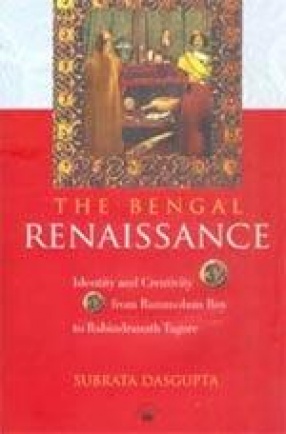
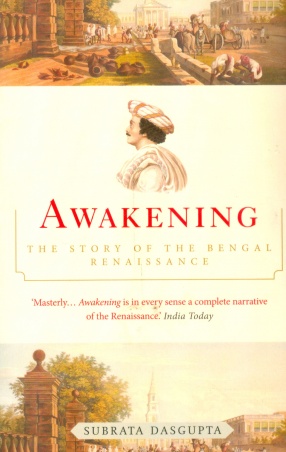

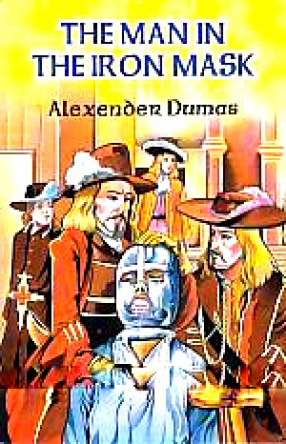
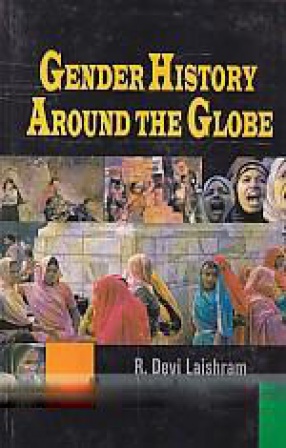
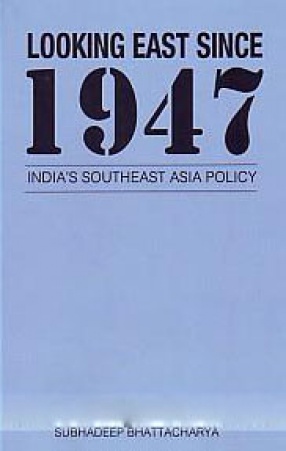
There are no reviews yet.